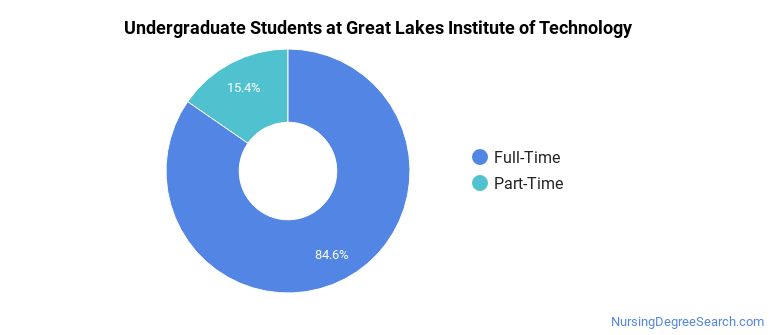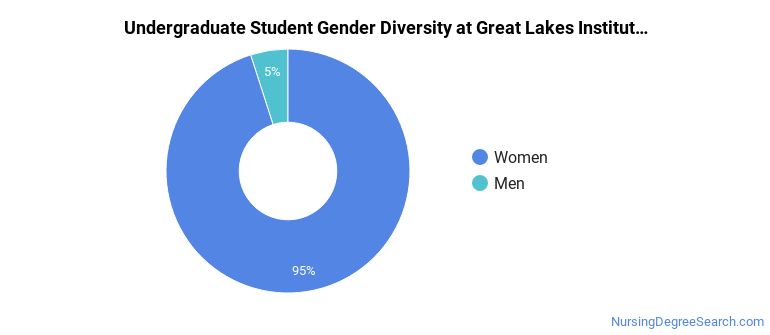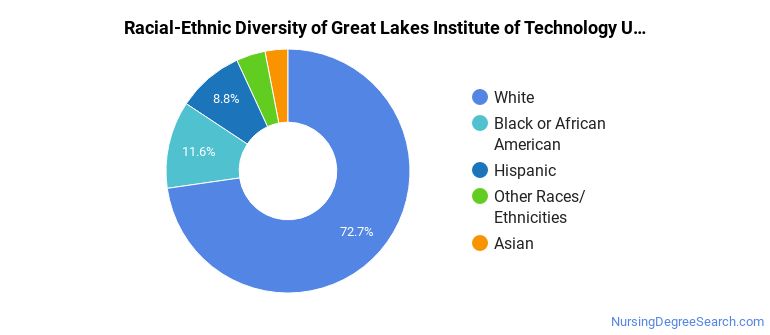Great Lakes Institute of Technology Nursing Programs
Located in Erie, Pennsylvania, Great Lakes Institute of Technology is a private for-profit institution. Erie is considered a suburb and offers tranquility and safety near the excitement of a city center.
Where Is Great Lakes Institute of Technology?

Contact details for Great Lakes Institute of Technology are given below.
| Contact Details | |
|---|---|
| Address: | 5100 Peach Street, Erie, PA 16509-2482 |
| Phone: | 814-864-6666 |
| Website: | www.glit.edu |
How Do I Get Into Great Lakes Institute of Technology?
You can apply to Great Lakes Institute of Technology online at: www.glit.edu/apply-online
Can I Afford Great Lakes Institute of Technology?
Student Loan Debt
It's not uncommon for college students to take out loans to pay for school. In fact, almost 66% of students nationwide depend at least partially on loans. At Great Lakes Institute of Technology, approximately 70% of students took out student loans averaging $6,693 a year. That adds up to $26,772 over four years for those students.
Great Lakes Institute of Technology Undergraduate Student Diversity

Gender Diversity
Of the 363 full-time undergraduates at Great Lakes Institute of Technology, 5% are male and 95% are female.

Racial-Ethnic Diversity
The racial-ethnic breakdown of Great Lakes Institute of Technology students is as follows.

| Race/Ethnicity | Number of Grads |
|---|---|
| Asian | 11 |
| Black or African American | 42 |
| Hispanic or Latino | 32 |
| White | 264 |
| International Students | 0 |
| Other Races/Ethnicities | 14 |
Great Lakes Institute of Technology Nursing Concentrations
The table below shows the number of awards for each concentration.
| Major | Undergraduate Certificate | TOTAL |
|---|---|---|
| Licensed Practical/Vocational Nurse Training | 25 | 25 |
| TOTAL | 25 | 25 |
References
*The racial-ethnic minorities count is calculated by taking the total number of students and subtracting white students, international students, and students whose race/ethnicity was unknown. This number is then divided by the total number of students at the school to obtain the racial-ethnic minorities percentage.
More about our data sources and methodologies.
